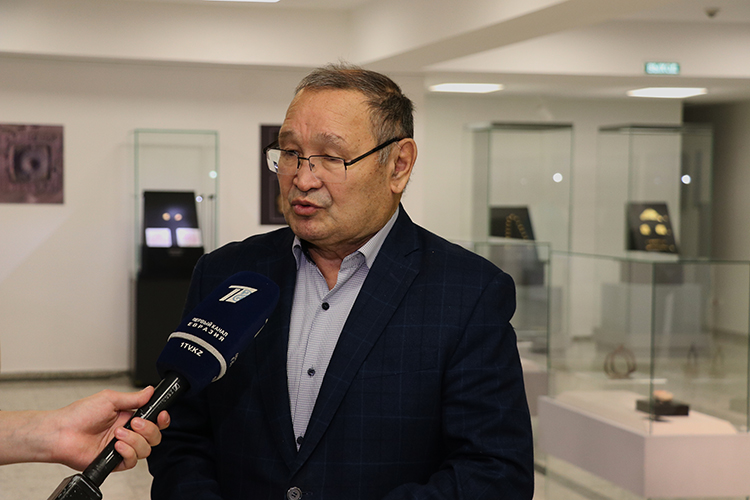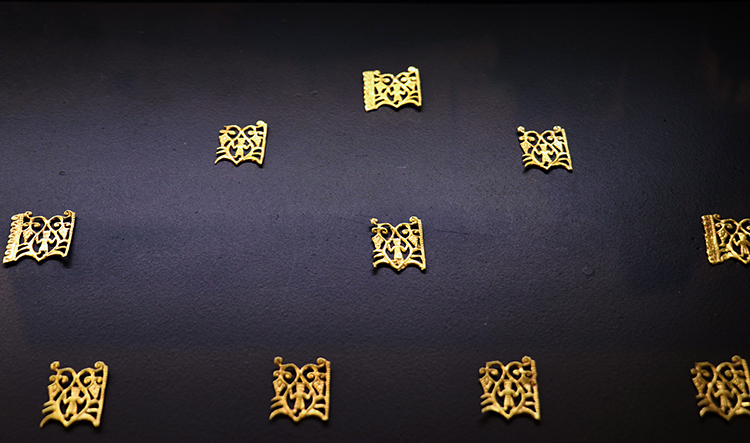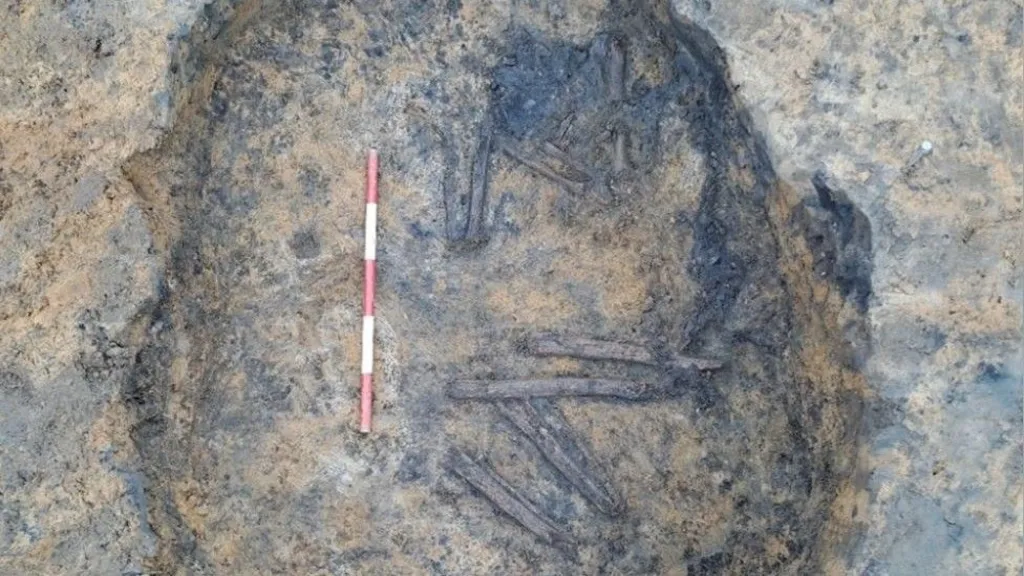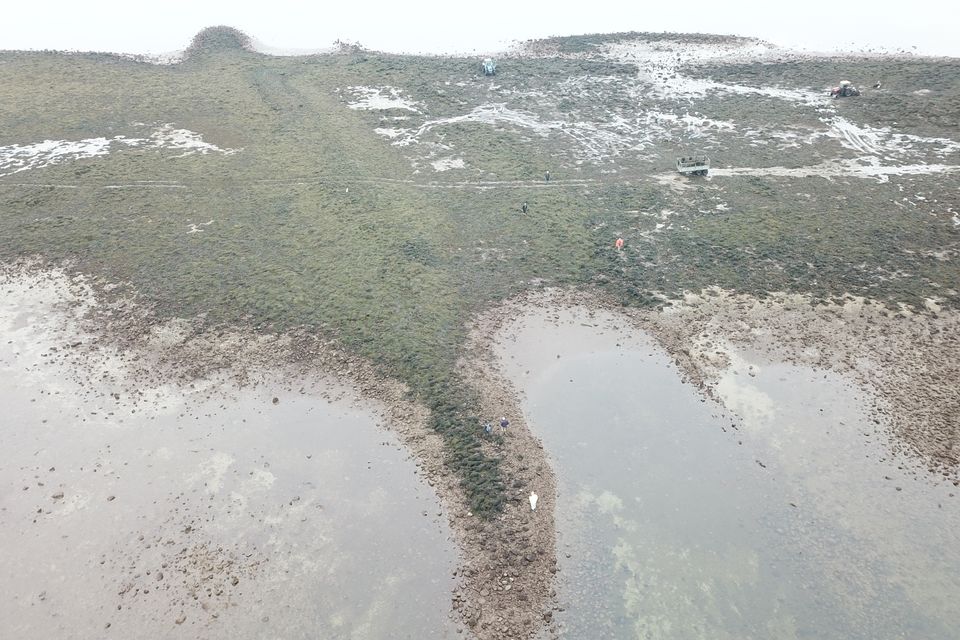Exhibited in Astana, the capital of Kazakhstan, are gold objects from the Sakas (Scythians) period that were found during archaeological digs in the Altai Mountains region of eastern Kazakhstan.
About 3000 years old gold artifacts from the Scythian period were exhibited at the National Museum of Kazakhstan under the theme “Great Dala Gold (Gold of the Great Steppe)”.
According to AA correspondent Meiramgul Kussainova, the exhibition includes nearly 2,500 historical artifacts unearthed as a result of archaeological excavations carried out in the Altai Mountains region, most of which date back to the Sakas (Scythians) and the Western Göktürk Khaganate.
Kazakh archaeologist Prof. Dr. Zeynolla Samashev said: “The oldest of the artifacts in the exhibition was made of pure gold 3 thousand years ago, and the newest one 1000 years ago. The artifacts show that gold production and technique reached the highest level in these lands.”

Samashev stated that the exhibited artifacts were found in the tombs, kurgans and complexes of the Sakas in the East Kazakhstan province and shared the following information:
“Rulers and family members who died during the Sakha period, soldiers who had achieved important victories, were buried in clothes embroidered with gold. They were buried with the valuables they used and even the horses they rode, because there was a belief that life would continue in the afterlife.”

Archaeologist Samashev said that it was also possible to see the gold artifacts that he unearthed as a result of his excavations in the tomb belonging to the Western Göktürk Khaganate period, which are estimated to belong to the kagan.
Stating that the Kazakhstan government has initiated extensive excavation work in East Kazakhstan since 2016, Samashev said, “I personally led these excavations. As a result of the excavations carried out in these 8 years, museums in our country have 28 thousand priceless artifacts.”
The exhibition will remain open until October 20.




